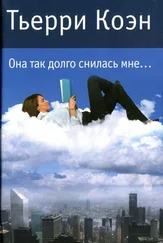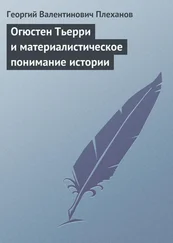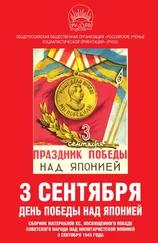Between the 106th and 110th floors, a series of diagonal braces were placed into the building frame. These diagonal braces together with the building columns and floor framing formed a deep outrigger truss system that extended between the exterior walls and across the building core framing. A total of 10 outrigger truss lines were present in each building
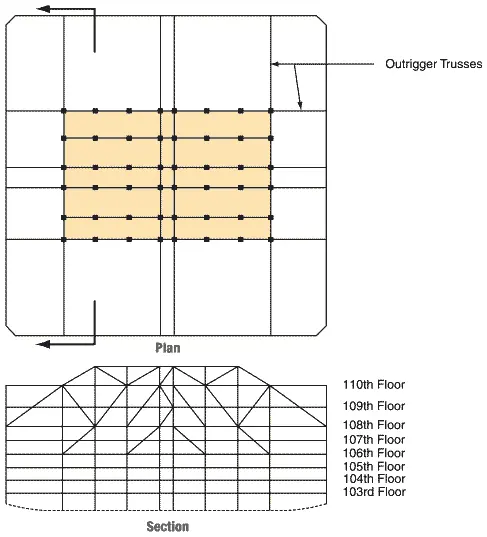
Figure 2-10 Outriger truss system at tower roof.
(Figure 2-10), 6 extending across the long direction of the core and 4 extending across the short direction of the core. This outrigger truss system provided stiffening of the frame for wind resistance, mobilized some of the dead weight supported by the core to provide stability against wind-induced overturning, and also provided direct support for the transmission tower on WTC 1. Although WTC 2 did not have a transmission tower, the outrigger trusses in that building were also designed to support such a tower.
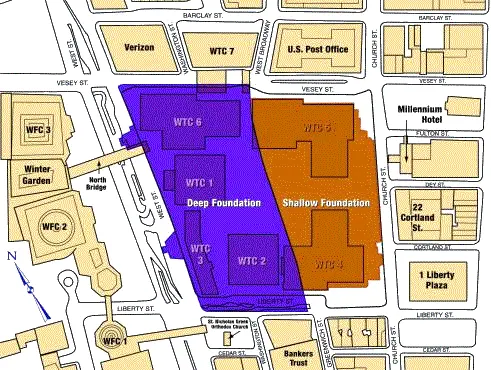
Figure 2-11. Location of subterranean structure.
A deep subterranean structure was present beneath the WTC Plaza (Figure 2-11) and the two towers. The western half of this substructure, bounded by West Street to the west and by the 1/9 subway line that extends approximately between West Broadway and Greenwich Street on the east, was 70 feet deep and contained six subterranean levels. The structure housed a shopping mall and building mechanical and electrical services, and it also provided a station for the PATH subway line and parking for the complex.
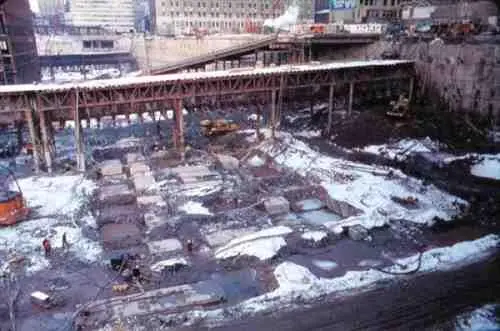
Above, is a photo of the area shaded in blue, in Figure 2-11 (looking north). In the foreground, are the foundations for the central core of the South Tower. The North Tower can be seen on the left further back. Two subway lines can be seen crossing the site (the two bridge-like structures). The site extended from West Street in the west to the old extention of Greenwich Street in the east (which was ripped up to make way for WTCs 4 and 5) and from Vesey Street in the north to Liberty Street in the south.
Prior to construction, the site was underlain by deep deposits of fill material, informally placed over a period of several hundred years to displace the adjacent Hudson River shoreline and create additional usable land area. In order to construct this structure, the eventual perimeter walls for the subterranean structure were constructed using the slurry wall technique. After the concrete wall was cured and attained sufficient strength, excavation of the basement was initiated. As excavation proceeded downward, tieback anchors were drilled diagonally down through the wall and grouted into position in the rock deep behind the walls. These anchors stabilized the wall against the soil and water pressures from the unexcavated side as the excavation continued on the inside. After the excavation was extended to the desired grade, foundations were formed and poured against the exposed bedrock, and the various subgrade levels of the structure were constructed.
Floors within the substructure were of reinforced concrete flat-slab construction, supported by structural steel columns. Many of these steel columns also provided support for the structures located above the plaza level. After the floor slabs were constructed, they were used to provide lateral support for the perimeter walls, holding back the earth pressure from the unexcavated side. The tiebacks, which had been installed as a temporary stabilizing measure, were decommissioned by cutting off their end anchorage hardware and repairing the pockets in the slurry wall where these anchors had existed.
Tower foundations beneath the substructure consisted of massive spread footings, socketed into and bearing directly on the massive bedrock. Steel grillages, consisting of layers of orthogonally placed steel beams, were used to transfer the immense column loads, in bearing, to the reinforced concrete footings.
The fire safety of a building is provided by a system of interdependent fire protection features, including suppression systems, detection systems, notification devices, smoke management systems, and passive systems such as compartmentation and structural protection. The failure of any of these fire protection systems will impact the effectiveness of the other systems in the building.
2.1.3.1 Passive Protection
In WTC 1, structural elements up to the 39th floor were originally protected from fire with a spray applied product containing asbestos (Nicholson, et al. 1980). These asbestos-containing materials were later abated inside the building, either through encapsulation or replacement. On all other floors and throughout WTC 2, a spray-applied, asbestos-free mineral fiber material was used. Each element of the steel floor trusses was protected with spray-applied material. The specific material used was a low-density, factory-mixed product consisting of manufactured inorganic fibers, proprietary cement-type binders, and other additives in low concentrations to promote wetting, set, and dust control. Air setting, hydraulic setting, and ceramic setting binders were added in varying quantities and combinations or singly at the site, depending on the particular application and weather conditions. Finally, water was added at the nozzle of the spray gun as the material was sprayed onto the member to be protected. The average thickness of spray-applied fire proofing on the trusses was 3/4 inch. In the mid-1990s, a decision was made to upgrade the fire protection by applying additional material onto the trusses so as to increase fire proofing thickness to 1-1/2 inches (somehow, I doubt that 3 inches (1-1/2 inches «either side») of fire proofing would stick to the 1.09 inch diagonal rod of the trusses). The fire proofing upgrade was applied to individual floors as they became vacant. By September 11, 2001, a total of 31 stories had been upgraded, including the entire impact zone in WTC 1 (floors 94-98), but only the 78th floor in the impact zone in WTC 2 (floors 78-84).
Spandrels and girders were specified to have sufficient protection to achieve a 3-hour rating. Except for the interior face of perimeter columns between spandrels, which were protected with a plaster material, spray applied materials similar to those used on the floor systems were used. The thickness of protection on spandrels and girders varied, with the more massive steel column sections receiving reduced fire proofing thickness relative to the thinner elements.
The primary vertical compartmentation was provided by the floor slabs that were cast flush against the spandrel beams at the exterior wall, providing separation between floors at the building perimeter. After a fire in 1975 (note that this fire did not cause the building to collapse) vertical penetrations for cabling and plumbing were sealed with fire-resistant material. At stair and elevator shafts, separation was provided by a wall system constructed of metal studs and two layers of 5/8— inch thick gypsum board on the exterior and one layer of 5/8-inch thick gypsum board on the interior. These assemblies provided a 2-hour rating. Horizontal compartmentation varied throughout the complex. Some separating walls ran from slab to slab, while others extended only up to the suspended ceiling. A report by the New York Board of Fire Underwriters (NYBFU) titled One World Trade Center Fire, February 13, 1975 (NYBFU 1975) presents a detailed discussion of the compartmentation features of the building at that time.
Читать дальше







